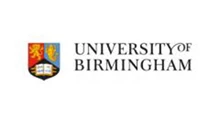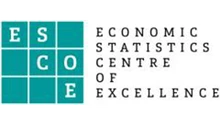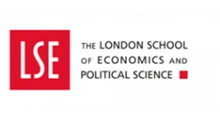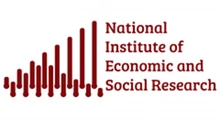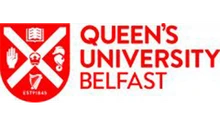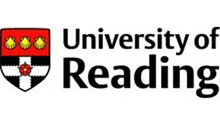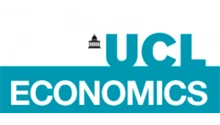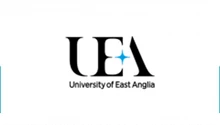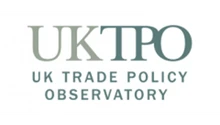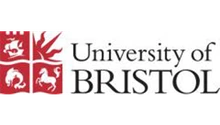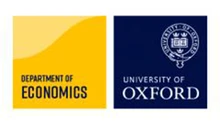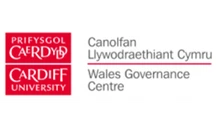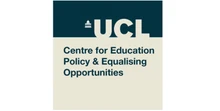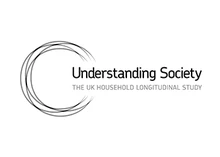Australia’s voters have returned the Labor Party to power – not least as geopolitical uncertainty favoured the stability of incumbency. Key areas of the renewed government’s focus will be measures on industrial innovation and skill formation to boost productivity and help to raise living standards.
US president Donald Trump has won another election – for the centre-left. First, there was Canada with prime minister Mark Carney holding onto power for his country’s Liberal Party. Now in Australia, prime minister Anthony Albanese has won a second term, with a huge swing to the Labor Party delivering a thumping majority right across the country – from coast to coast and from Darwin to the southern tip of Tasmania.
Amazingly, both the Liberal Party of Canada and Australian Labor were staring down the barrel of defeat late last year, according to opinion polls. But both turned their fortunes around: Canada’s Liberals by switching leaders from Justin Trudeau to Mark Carney; and Labor by just slogging it out.
Most importantly, Trump’s election and his tariff war allowed both prime ministers the chance to offer stable government in a turbulent geopolitical environment, especially in the case of Canada with American talk of it becoming the 51st state. Mark Carney just had to wrap himself in the Maple Leaf and appeal to Canadian patriotism, while presenting himself as a former central banker and professional economist who could manage global uncertainty and a trade war with Washington.
Similarly, Anthony Albanese appealed to Australian values and openness to the world. The security of the nation’s social safety net, with its universal medical scheme, Medicare, and a system of strong wages and conditions were central to his party’s campaign.
In both Canada and Australia, the conservative oppositions were leading in the polls (the Conservatives in Canada by over 20 points). But they were wrong-footed by Trump’s influence, unsure whether to try some of the same tactics from the MAGA (Make America Great Again) playbook, or to distance themselves from the US administration, as the tariff confusion spooked financial markets and the White House treatment of Ukraine’s president Volodymyr Zelenskyy appalled even conservative voters.
Canadian opposition leader Pierre Poilievre – who had been doing well against an unpopular nine-year prime minister, Justin Trudeau – tried to paint political newcomer Mark Carney as a globalist, more comfortable in Switzerland than Saskatoon. Carney responded by turning to vaudeville and humour, enlisting comedian Mike Myers and a number of other Canadian celebrities to run a patriotic and successful campaign. He also quipped that having campaigned in prose, he would govern in econometrics.
In Australia, opposition leader Peter Dutton, who was matching Anthony Albanese late last year, was wrong-footed once the election was called and performed poorly. He was not helped by news that Trump campaign operatives were ‘helping’ the Liberal-National Coalition. Like Poilievre, Dutton lost his own seat, a historical first for an opposition leader in Australia, and he will quit politics.
But while Carney won a minority government for the Liberals, Albanese won an increased majority for Labor. In the previous election, in 2022, the party had only just scraped over the line to take over from an unpopular prime minister, Scott Morrison. Albanese’s win this time was historic on a number of counts.
First, Albanese is the first incumbent prime minister since John Howard to be elected for a second term after several years of revolving door prime ministers.
Second, Albanese is the first incumbent Labor prime minister to win a second term since the legendary Bob Hawke did it in 1984.
Third, Albanese is the first Labor prime minister to increase his majority after being elected once already. Wartime leader and Labor hero John Curtin increased his majority in 1946, but he had been made prime minister on the floor of the House of Representatives.
Fourth, the Liberal-National Coalition was electorally decimated in Australia’s capital cities, and now holds mainly rural seats. The metropolitan Liberals have failed to win back any affluent urban seats from the ‘teals’, a group of high profile wealthy independent candidates financed by Simon Holmes à Court, in support of action on climate change. The coalition did particularly badly with the younger cohort of voters, and Labor ran a number of successful community-based women candidates, especially in Queensland.
Finally, the election saw the demise of the Greens, who declared that this was an election on Gaza and hardly mentioned the environment at all. Their apparent hostility to the Jewish community lost them votes in inner Sydney and Melbourne, and their leader Adam Bandt may lose the seat of Melbourne to Labor.
So, what’s next for the new Albanese government?
First, there is good news on trade. The tariff monkey is off their back, thanks to the failing tariff policies of Trump and China’s president Xi Jinping. This means that they can pursue policies on industrial innovation and skill formation, without worrying about calls from the left or populist right for a return to tariffs.
Second, having stared down China and the United States on trade, they can pursue agreements and collaborative architecture with ASEAN (the Association of Southeast Asian Nations), India, friends in Northeast Asia like Japan, South Korea and Taiwan, and emerging markets in the Middle East, Africa and Latin America. Now, even the European Union is open to possibilities. There will also be closer ties with like-minded partners in Canada, New Zealand and the UK, as well as near neighbours in the Pacific.
Third, as mentioned by the re-elected treasurer (finance minister), Dr ‘Sunny Jim’ Chalmers, Labor can now look at productivity measures to help to raise living standards. The government can also explain the importance of productivity in terms of skills, exports, investment and opportunity, not as a draconian agenda. Peter Dutton learned that the hard way in attacking working from home (WFH), which may actually be having a positive impact on national productivity, as well as on the balance between work and family life.
Finally, Labor can now pursue policies on housing, climate innovation and immigration without relying on support from the Greens, so it won’t be undermined or pushed into unrealistic positions.
For the defeated Liberal-National Coalition, there will be an immediate review of all policies and the campaign, as well as a search for new leadership with Peter Dutton no longer in parliament. The front-runners seem to be Andrew Hastie, Jane Hume, Sussan Ley, Angus Taylor and Dan Tehan. But they had better make the review snappy, as we will be back to the polls again in 2028, as Australian federal elections are held every three years.
In the meantime, prime minister Albanese is now in the pantheon of Australian Labor heroes alongside John Curtin, Ben Chifley, Gough Whitlam, Bob Hawke and Paul Keating. He has a great opportunity to drive Australian economic prosperity and fairness for a second term and beyond.
And he can send a big thank you card to the White House, which can be placed next to one from Mark Carney.
Where can I find out more?
- Election manifesto of the election-winning party, Labor.
- OECD and International Monetary Fund (IMF) reports on Australia’s economy.


